
Vinay Udyawer
@vinayudyawer
Research scientist. Interested in telemetry, movement ecology and physiology of threatened species
ID: 2173806162
http://github.com/vinayudyawer 04-11-2013 11:06:17
2,2K Tweet
1,1K Followers
1,1K Following

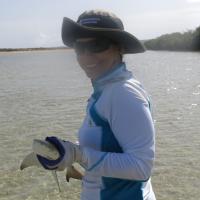
Our new paper Michele Thums Australian Institute of Marine Science antarctica.gov.au CEBEL Centre4WhaleResearch We used tracking data+machine learning+SDMs to predict foraging and migration habitat suitability for pygmy blue whales in Australia and Southeast Asia rdcu.be/dJ8Xo
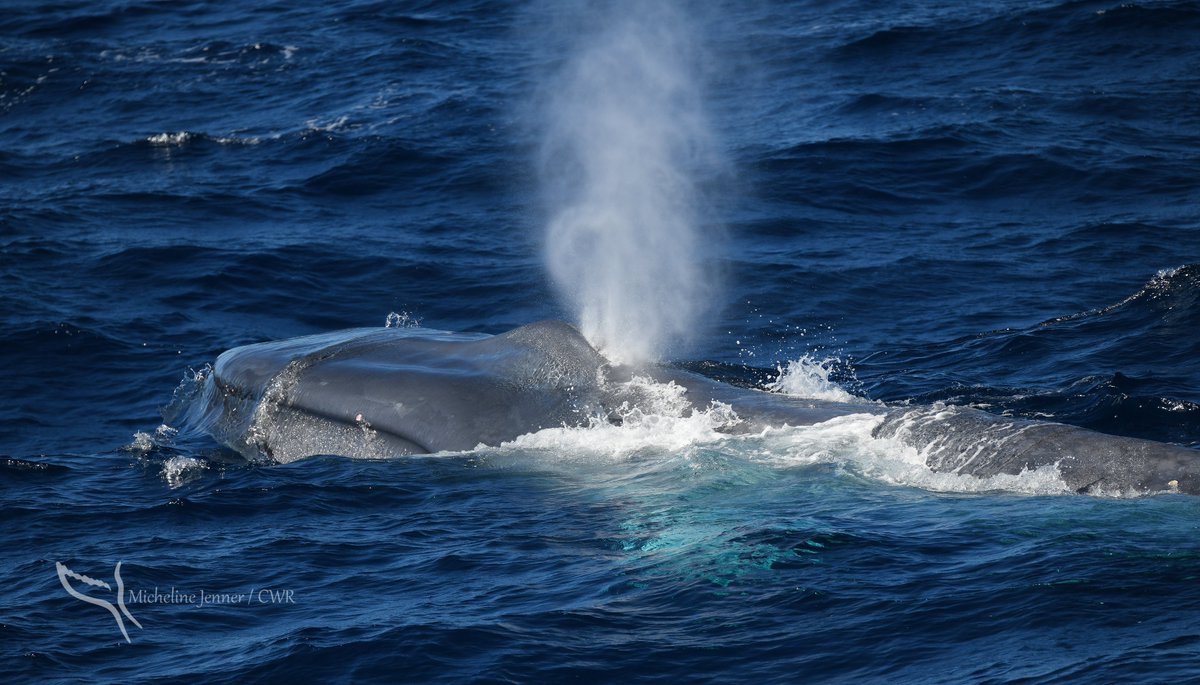
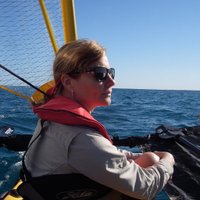
Congrats to all of us especially our lead author Luciana Ferreira, an important paper for the management of this threatened species 🐋
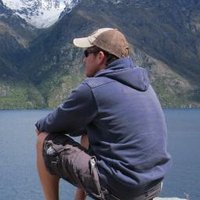
A new paper on the elasmobranchs of Cocos Island suggests that some species are shifting their distribution to deeper waters in response to ocean warming. nature.com/articles/s4159… universidad costarica CSULB Shark Lab Undersea Hunter @cimar


Species are on the move due to #climatechange, altering the overlap between predators and their prey. Our new paper in NatureEcoEvo presents a unifying theory for this spatial match-mismatch and its ecological consequences. Read it here: rdcu.be/dLISL

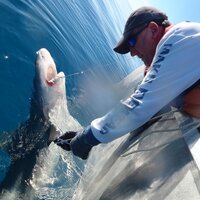
Can you track #sharks and rays in dense mangrove forests using acoustic receivers? Shiori Kanno has the answer in a new paper. And the answer is YES!! onlinelibrary.wiley.com/doi/10.1111/jf… #sharkscience #trackingnotslacking Innovasea OceaniaSharks IMOS Animal Tracking Integrated Marine Observing System Elasmobranch Society


Australia already has an extinction problem 💀 Prof. Andrew Baird and I make the case for why we should be worried about all of Australia's World Heritage reefs 🪸🐠👇 James Cook Uni #ClimateAction

Together we Global Center for Species Survival! Some participants of the Symposium titled: "Advances in Global Research and Conservation of Sea Snakes! #SeaSnakeSpecialistGroup #WeAreSSC IUCN Species Survival Commission #WCH10 World Congress of Herpetology


🚨Very proud to announce Belinda Goddard first PhD paper using half a century of tag-recapture data to reveal stock delineation & cross-jurisdictional connectivity of yellowtail kingfish in Australia & New Zealand. Important implications for management link.springer.com/article/10.100…
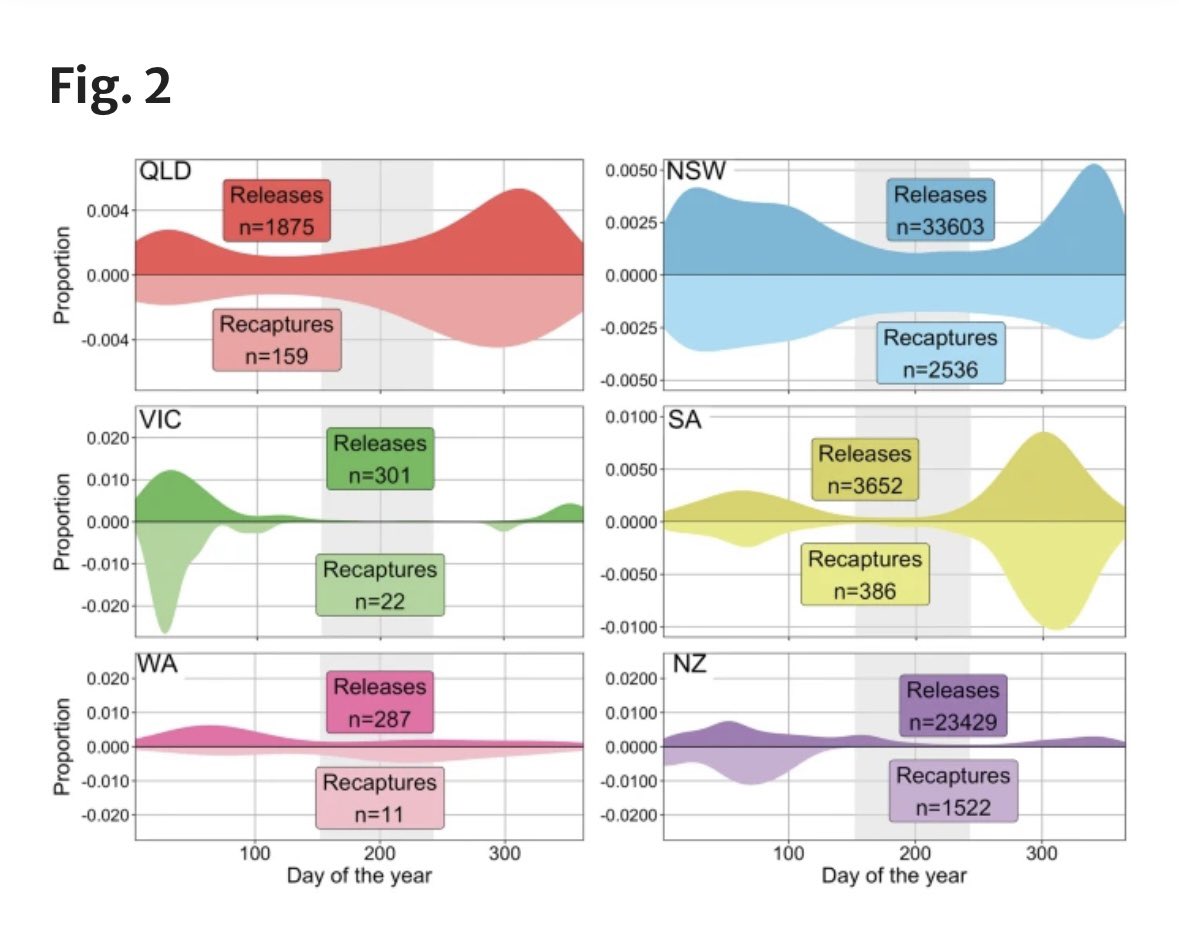
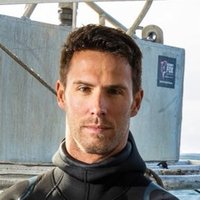
Cross-jurisdictional movement of yellowtail kingfish across south-eastern Australia showing the benefits of long-term tagging programs tinyurl.com/2b6eapbf led by Belinda Goddard


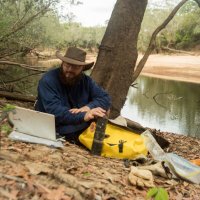
Will culling crocodiles reduce attacks on humans? In our latest paper People and Nature (doi.org/10.1002/pan3.1…), we set out to test this question by investigating how crocodile attack frequency has changed over time as crocodile populations recovered in the Northern Territory Australia





The full details of the study can be found at: doi.org/10.1002/pan3.1… Mariana Campbell Vinay Udyawer R. Keller Kopf Hamish Campbell Charles Darwin University RIEL

Check out our new paper led by Dr Cameron Baker on the (in)effectiveness of using culling as a mitigation measure to reduce human-wildlife conflicts with 🐊 in the Northern Territory doi.org/10.1002/pan3.1…

Does culling crocs actually reduce attacks on people? 🐊 Research in People and Nature finds that changing human behaviours and relocating problem reptiles are much more effective ways of managing risk in NT Australia 🗞️Guardian Australia Dr Cameron Baker Charles Darwin University theguardian.com/environment/ar…

And the read the full research paper in People and Nature 📄 besjournals.onlinelibrary.wiley.com/doi/10.1002/pa… Dr Cameron Baker Mariana Campbell Vinay Udyawer R. Keller Kopf Hamish Campbell RIEL

"Incorporating citizen science into IUCN Red List assessments". New in Conservation Biology led by Rachael Gallagher from Western Sydney - HIE doi.org/10.1111/cobi.1… IUCN Red List #citizenscience





